In this episode of The Science of Excellence, I sat down with Phil Rhodes, Chief Learning Officer at Phillips 66, where he leads L&D for one of the world's largest energy companies. Phil specializes in skills transformation and has spent his career building learning systems that meet employees where they are, particularly in operations-heavy industries.
Our conversation explored how Phillips 66 is approaching skills transformation differently—focusing on speed, simplicity, and employee-facing impact rather than getting stuck in years of taxonomy work. We discussed their "decomplexify" philosophy, how they're measuring success over three years, and why making leaders owners of the initiative is critical to mass adoption.
These 4 insights stood out from our conversation.
- Decomplexify to Move Fast
- Make Leaders Own It, Not Just HR
- Build a Multi-Year Measurement Strategy
- Choose Progress Over Perfection
1. Decomplexify to Move Fast
In Phil's Words: "When I joined here, I started using that word decomplexify and someone actually said to me, that's not a word, Phil. You've made a word up. And I'm like, oh, okay. Well, I've made a word up. But I think we are making things way more complex than they need to be. That has become a word I use often. We need to decomplexify things, not sit in a skills governance spin, or skills taxonomy spin."
Skills transformations fail when organizations get paralyzed by complexity. Phillips 66 avoided spending years defining the perfect taxonomy. Instead, they went straight to the executive team and asked: what are the true critical skills for 2026 and 2027? They identified a handful, like AI literacy and continuous improvement, and validated them through focus groups in three months.
Phil's team pilots solutions rather than perfecting them, launches at 60-75% readiness rather than waiting for 100%, and focuses on creating immediate value for employees. This approach allowed them to go from concept to launch in less than a year, which is unheard of for initiatives of this scale.
2. Make Leaders Own It, Not Just HR
In Phil's Words: "From a change perspective, we are very intentional about that. When we've run pilots in this space, it was leader led. As we're rolling this out, we're getting talking points to the leaders, and they're really owning this and talking about what this is gonna mean within their organization and talking about the journey we're going on. This isn't a learning or talent initiative. This is a business initiative and getting the leaders in support of it."
It’s hard for skills transformation to take off when it’s championed just by HR. Phillips 66 treats this as a business initiative that HR enables. Leaders receive templates and talking points but customize messaging for their teams. They decide which learning opportunities to emphasize during their "Month of Learning" events. They're measured on adoption rates within their functions.
This ownership model solves the scaling problem that plagues most transformations. When business leaders are accountable for driving learning culture in their groups, the initiative naturally embeds into how each business unit operates. Phil's team measures utilization at the function level and feeds that data back to leaders, creating accountability loops that keep momentum going without HR having to push.
3. Build a Multi-Year Measurement Strategy
In Phil's Words: "Year one is really around adoption and utilization because we just need to ensure it's a positive user experience. We've got the right content. Year two is where we start harvesting the skill data. Where, what are our proficiencies levels? And then phase three for us, this is in that third year, is really starting to measure cost impact, this internal mobility. Are we showing increased career mobility and career development? And then measuring that to where we were three years prior."
Phillips 66 recognizes that impact takes time and builds progressively. Year one focuses on leading indicators—is anyone actually using this? Are people coming back repeatedly? Do they find value in the content? Year two adds skills data and proficiency tracking, enabling internal mobility insights. By year three, they can measure business impact: reduced external hiring costs, increased internal mobility, improved engagement scores.
This phased approach matches how change actually happens in organizations and prevents the team from chasing metrics purely for the sake of numbers. Phil acknowledges they haven't solved skills assessment, but they're moving forward anyway rather than waiting for everything to be figured out.
4. Choose Progress Over Perfection
In Phil's Words: "I think in our space we want perfection. And what I've learned is that the business is open to as if we've got it at 60 to 75% baked, they'll allow us to ideate to a hundred percent. Let's not perfection be the enemy here, let's just roll something out. We're really creating this agile environment where we're layering in opportunity for the individuals to really navigate the system and navigate our content."
Phillips 66 launched knowing their system wasn't perfect. Initially, employees see only their top 10 role skills and three enterprise skills. Over quarters, they're gradually opening up more functionality—expanded skill categories, personalized pathways, eventually a full talent marketplace with gig assignments.
This approach prevents overwhelming employees with complexity, and it gives the team time to learn and adjust. They're watching usage patterns across different employee groups—IT prefers self-paced learning, commercial employees gravitate toward audio content they can consume on mobile devices. These insights shape what content they source and how they build future features. The willingness to launch imperfectly and iterate quickly is what allowed them to move from concept to deployment in under a year.
Until next time,
Vince


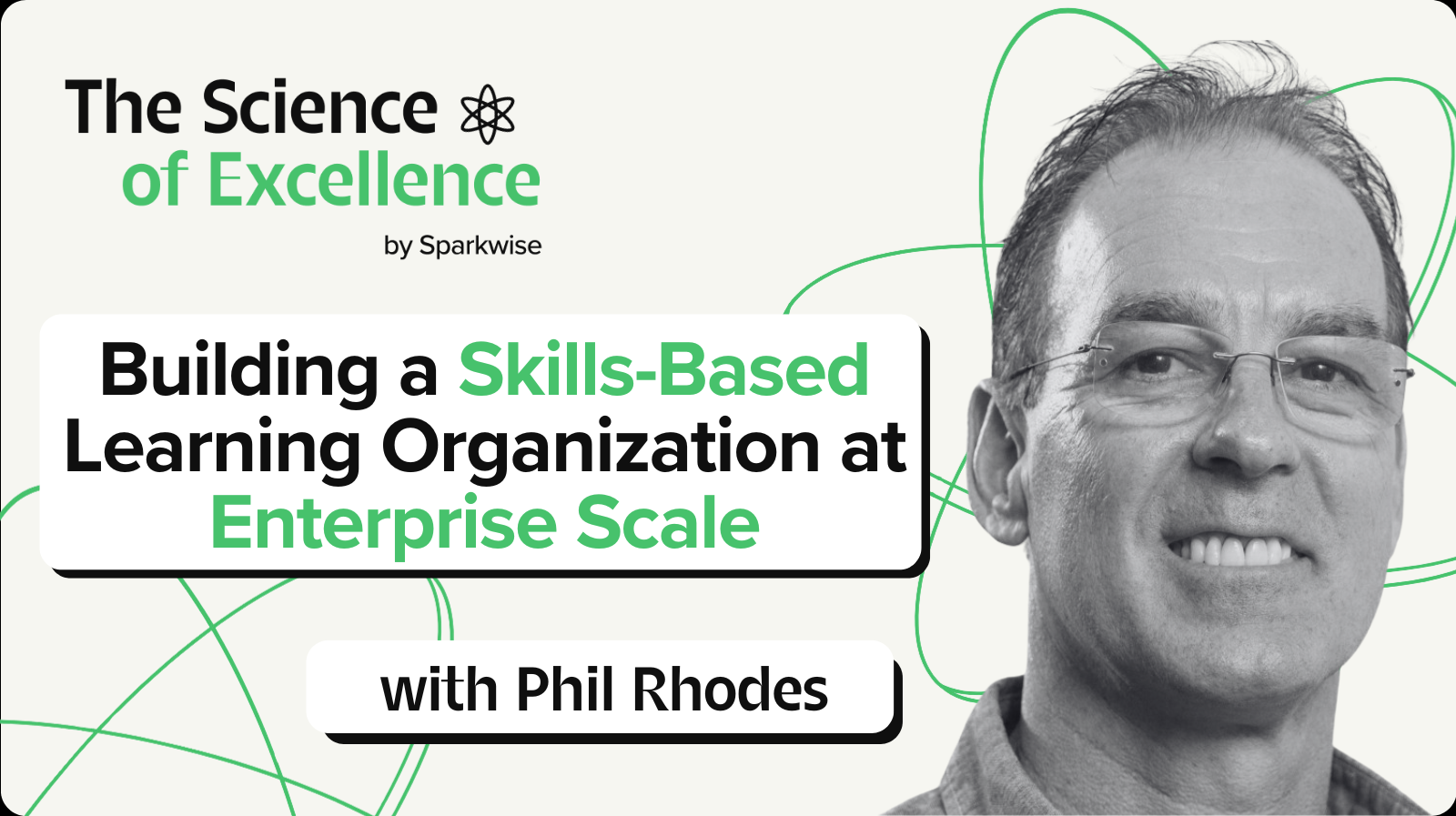

.png)

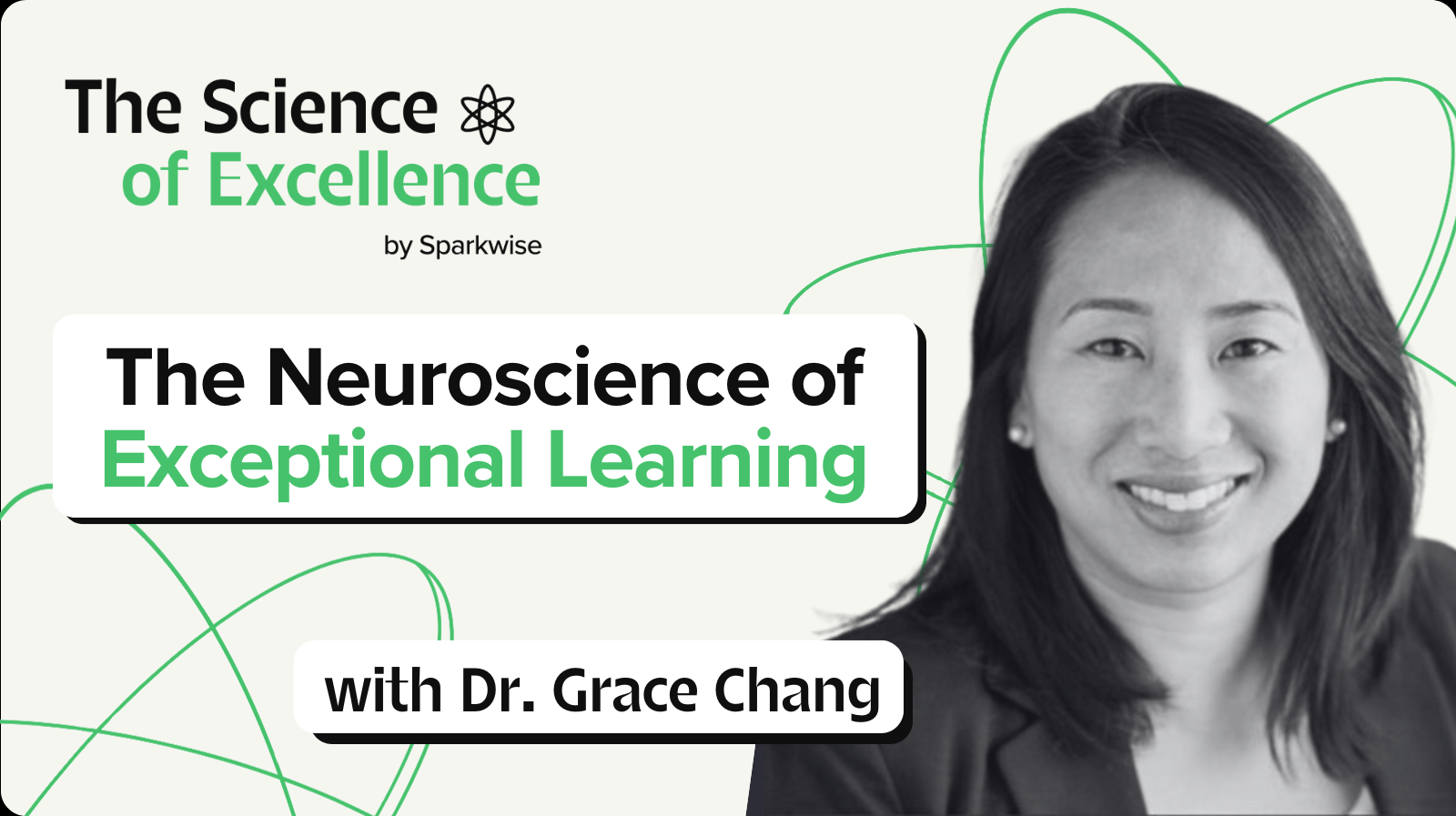
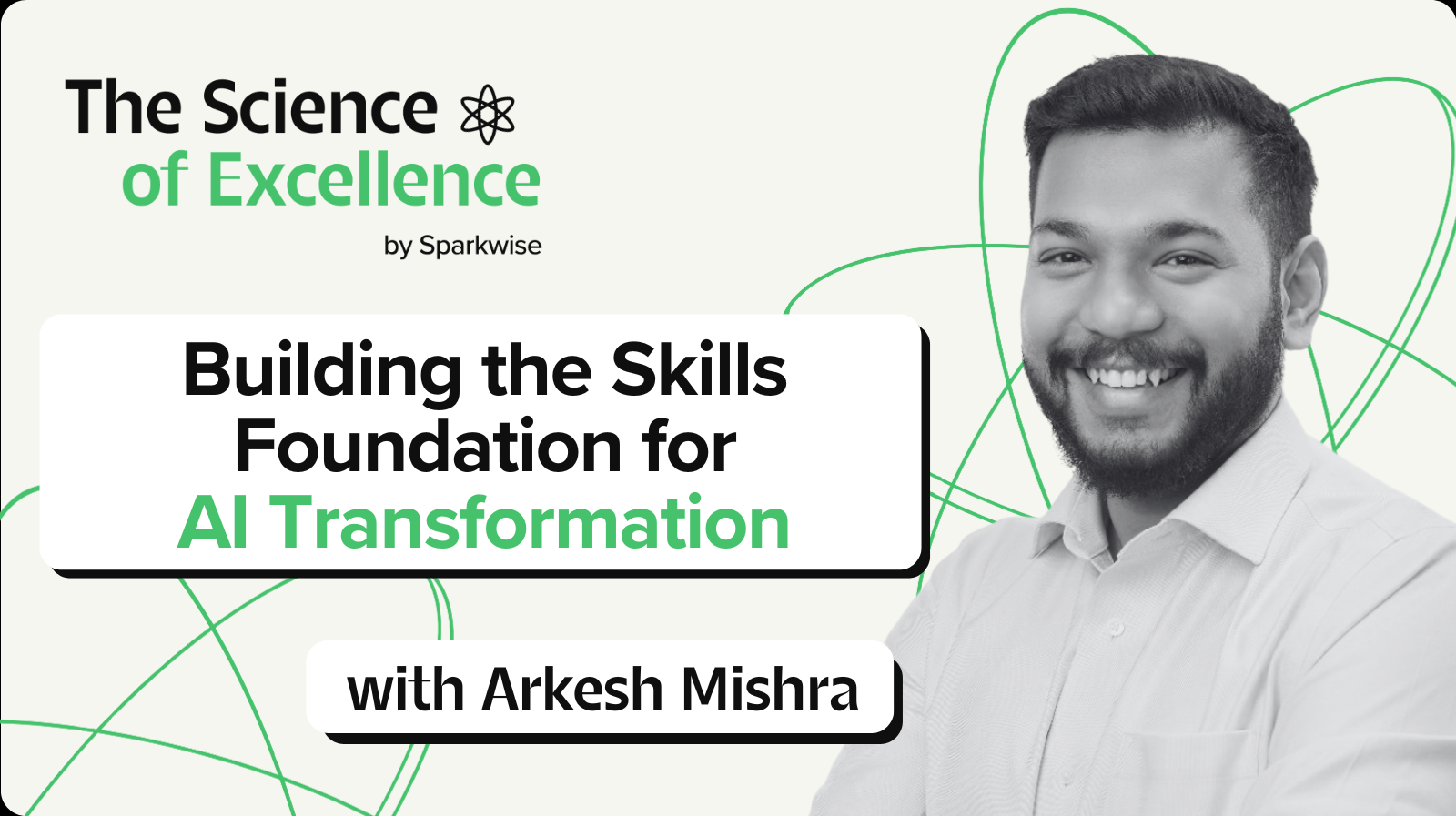

.png)
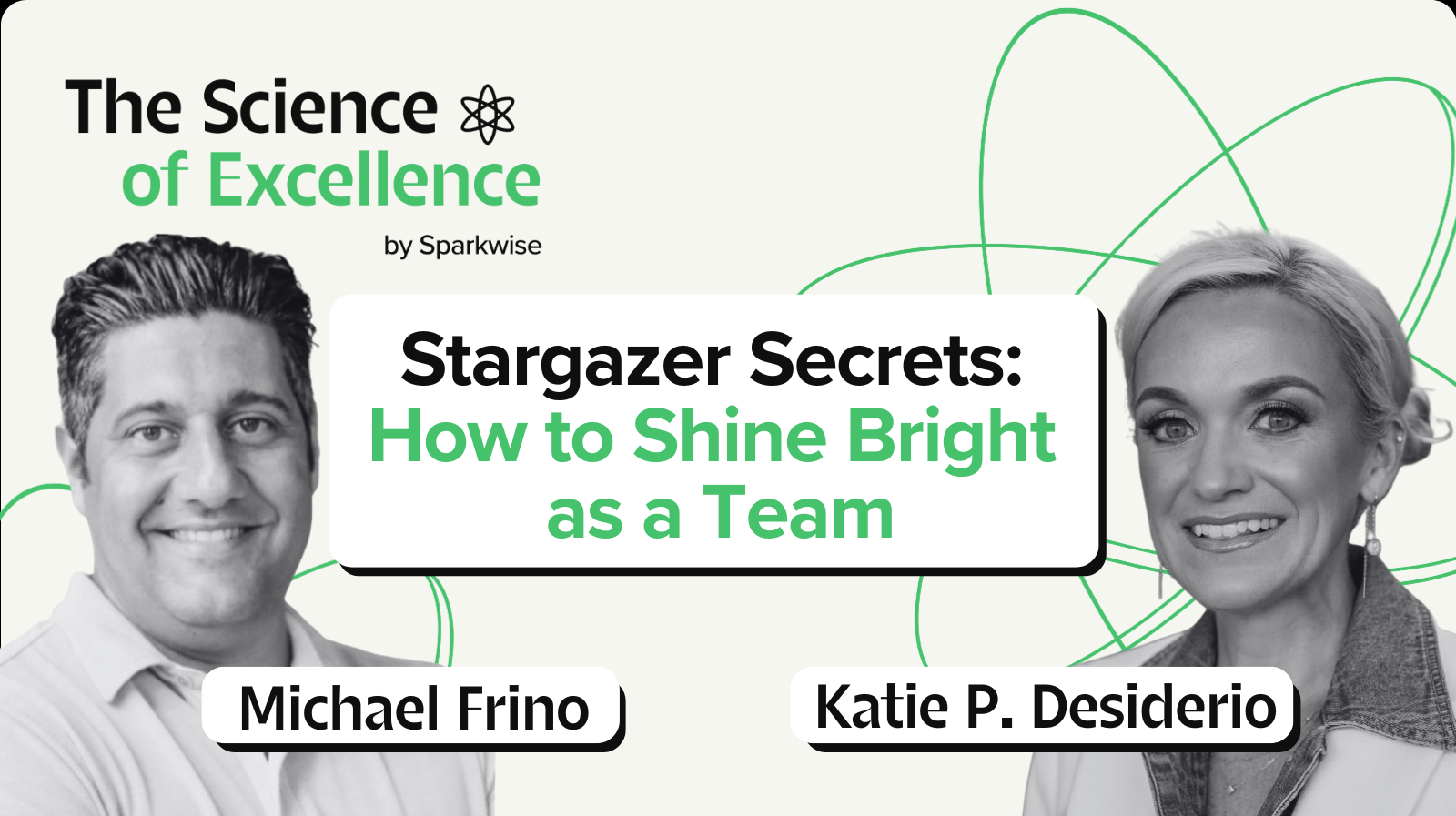
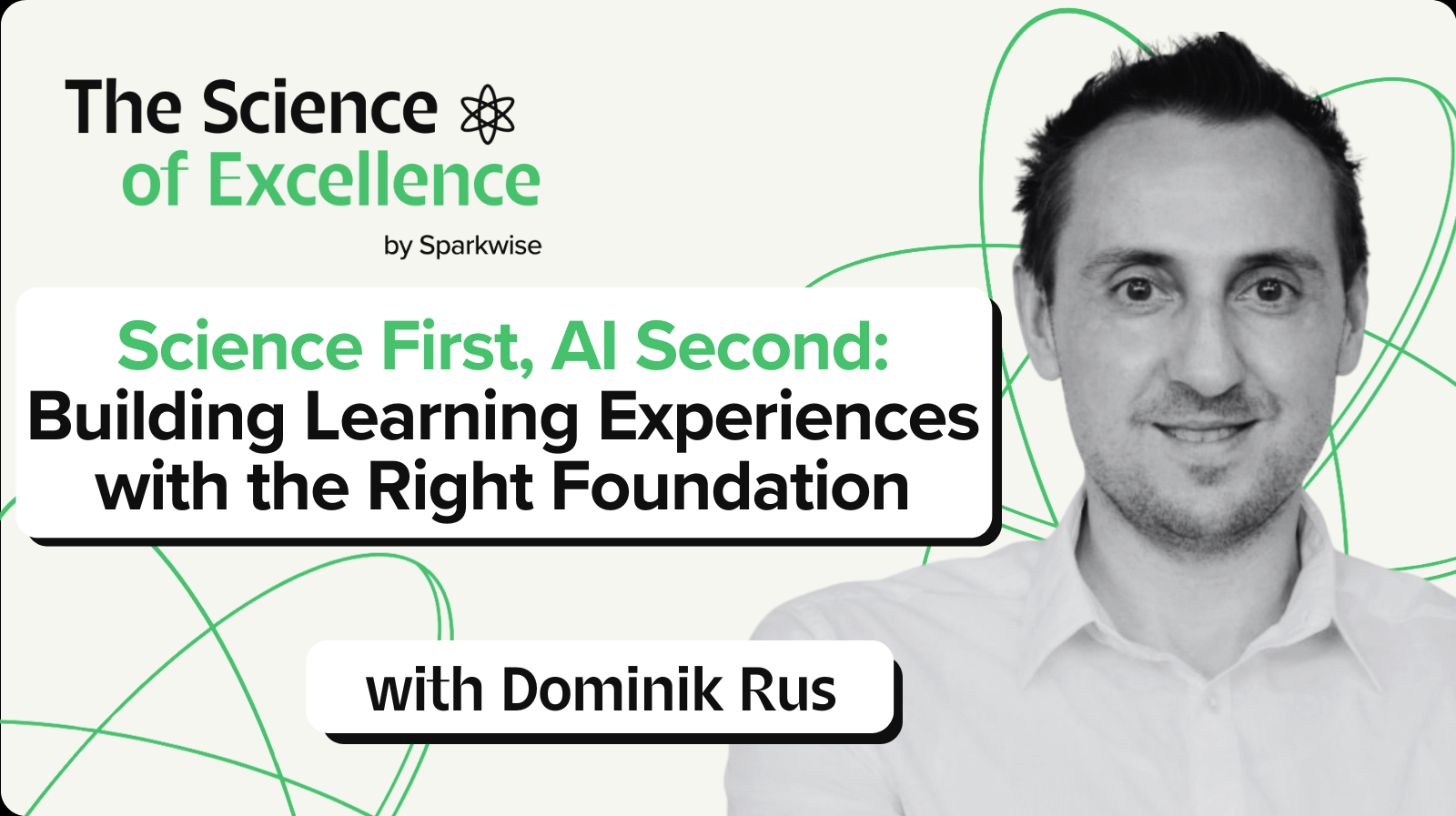
.png)
.png)









.png)












.png)